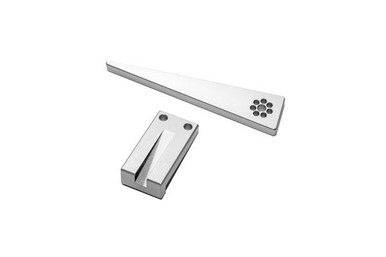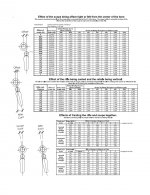You guys are so focused on whether or not the scope is built correctly and/or does it track correctly and just assumed I threw that out the window!
Yes, the OP could have a scope reticle not plum, more than a few have been produced with that issue. Known fact, so rule that out.
Even the best scopes available, not every single one off the line is going to have 100% perfect tracking, another given.
Let's say you eliminated those variables, and/or Ok this is not perfect tracking but in the 99+% range. Send it back? Most can't shoot that well past 1,000 yards anyway. The wind will defeat you first.
My point was AFTER you mount it, what then? You notice @ 100 yard tall target test your bullets are going right to left of the 4"-5" plum line you drew, or left to right?
It's not spin drift when it's only 100 yards!
But the more you dial while using the same POA at the bottom to the target your bullets are going further and further from the plum line at a diagonal!
What then? The scope looks plum and level..... but is it? What then? Franks tool says I have perfect tracking, only now it's mounted to my gun.... and "it ain't looking so good".
What now?
Yah, i.e. You buy perfectly machined wheels, mount the best tires money can buy. They road force balanced them perfectly..... Yet you still notice you have a imbalance issue...... And low and behold your mechanic tells you the rotor's hub is not centered to your axle!
Go figure.





